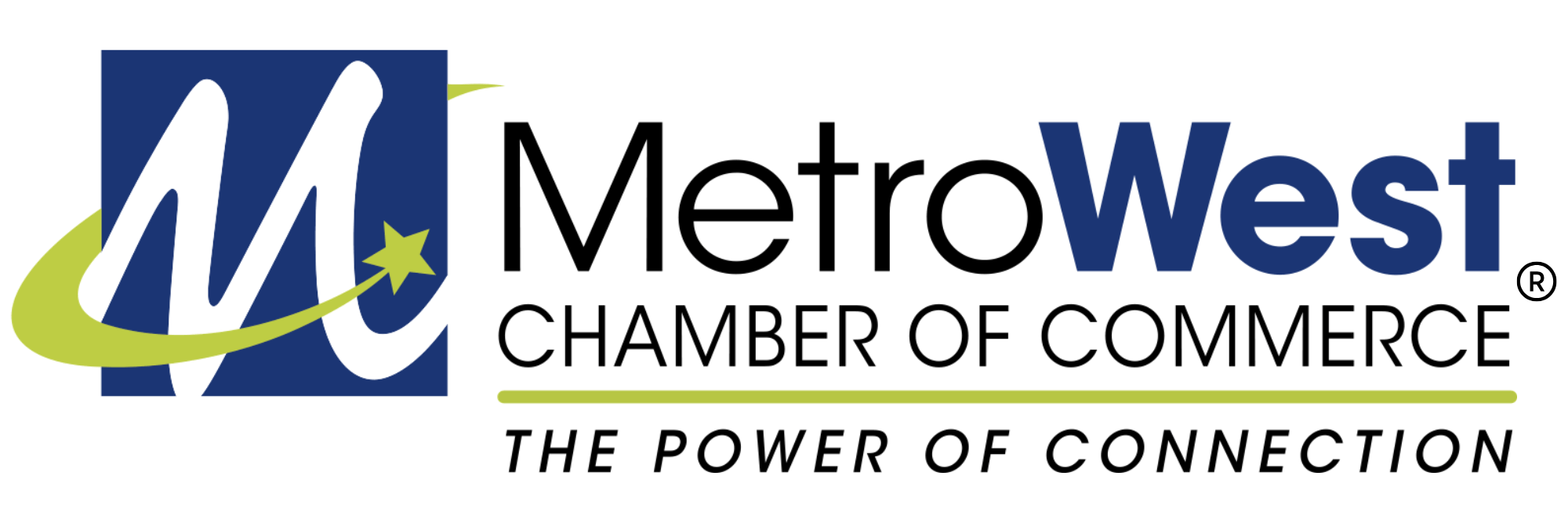Running a small business is a never-ending sprint. Between juggling customers, crunching numbers, and trying to keep your inbox under control, the last thing you want to do is spend three hours figuring out how to design a halfway decent Instagram post. But here's the thing: design matters. You don't need to be a professional or hire one to make things look sharp—you just need a few solid shortcuts and a willingness to get your hands a little dirty. If you've got 15 minutes and a Wi-Fi connection, you’re more than equipped to make your brand look like it has its act together.
Pick One Font and Stick to It
When you're designing things on the fly, simplicity is your best friend. One of the easiest ways to create consistency without overthinking it is by choosing a single, clean font that works everywhere—your website, social media, flyers, menus, you name it. It should be easy to read, not too decorative, and ideally come in a few weights so you can still add contrast when you need it. Think of this font as your brand’s voice—calm, clear, and not trying too hard to be noticed.
Let Fonts Work for You, Not Against You
You don’t need to spend hours agonizing over typography to make your designs look cohesive and intentional. Matching fonts can be as straightforward as choosing a strong primary typeface and finding a simple secondary font that complements it without clashing. There are plenty of ways to find font inspiration, from curated Pinterest boards to design blogs that break down pairings used by big-name brands. And if you’ve ever seen a font you liked but couldn’t name, user-friendly font identification tools like WhatTheFont or Font Squirrel Matcherator can pinpoint exact matches in seconds—saving you time, money, and a whole lot of second-guessing.
Templates Are Your Best Friend
Here’s a secret: most great-looking graphics you see online weren’t built from scratch. They started with a template—and yours should, too. Whether you're using Canva, Adobe Express, or even just Google Slides, pre-made templates can take hours off your workload and still leave plenty of room for customization. Just pick one that fits your message, plug in your content, tweak the colors and fonts to match your style, and you’re done. No shame in using the training wheels when you’re racing the clock.
Photos Matter More Than You Think
Low-quality photos make your business look like it’s operating out of a basement with one flickering lightbulb. You don’t need a fancy DSLR to get good shots—you just need natural light and a phone camera that isn’t from 2008. If photography really isn’t your thing, stock photo sites like Pexels or Unsplash can save the day. Just be selective—look for images that feel real and not like someone tried too hard to pose a salad. One good photo can elevate an entire post or website section, no design degree required.
White Space Isn’t Wasted Space
One of the biggest mistakes small business owners make when designing things themselves is feeling the need to fill every inch of space. But design breathes better when it has room to move—white space gives your elements clarity and impact. It makes text easier to read, buttons easier to click, and your overall look feel a little more polished. If you’re ever unsure about a layout, ask yourself: can I take something away to make it cleaner? The answer is almost always yes.
Your Logo Doesn’t Need to Be Fancy
There’s a myth that a great logo has to be an intricate piece of design genius, but for small businesses, clarity wins every time. A simple logotype—just your business name in a clean, readable font—can do the job beautifully. Add a small icon if you want, but don’t overthink it; your audience isn’t judging you by how clever your logo is, they’re judging you by whether it’s readable at a glance on a phone screen. Tools like Looka or LogoMakr can help you sketch something out without breaking your flow or your budget.
Batch Your Designs to Save Your Sanity
Designing in real time can turn into a massive time sink, especially when you're trying to post something every day. Instead, block off a single hour once a week to make everything you'll need for the next seven days. Use a content calendar, a running list of ideas, or even just a sticky note with bullet points—whatever keeps you focused. When you create in batches, you’re less likely to burn out and more likely to stay consistent, which is half the battle in small business marketing.
You’re not running a design agency, and no one expects you to. What your customers care about is whether your brand feels thoughtful, consistent, and professional enough to earn their trust. With a few tools, some good habits, and a dash of intention, you can create design that supports your business instead of slowing it down. Remember: design isn't about being perfect—it's about making your business easier to understand and harder to forget. So take a breath, open that template, and give your brand the kind of visual love it deserves.
Join the MetroWest Chamber of Commerce today and be part of a thriving network that drives economic vitality and growth in the Greater MetroWest region!
